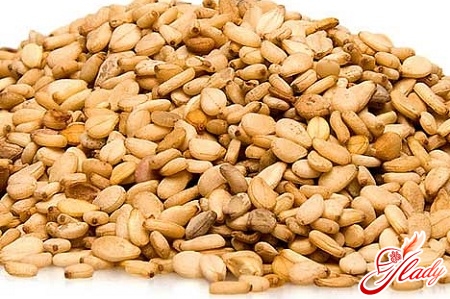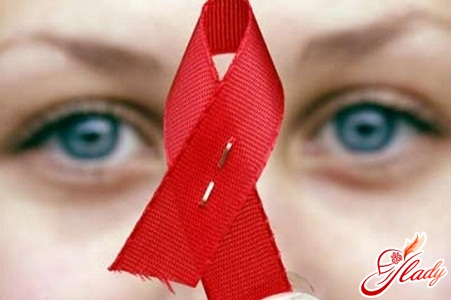 Vegeto-vascular dystonia. This diagnosis sounds throughout the day in the office of a doctor - therapist and neurologist more than once. This disease is very common in people of all age categories. However, few of them fully understand what this disease is. You can learn about it by reading the information below. Possessing certain knowledge, a sick person or his relatives will know exactly what they had to face - because vegetative vascular dystonia treatment requires serious. And in no case can not neglect it. Strictly speaking, vegetative-vascular dystonia is not a separate, independent disease. Its presence indicates that the patient has some violations of the normal functioning of the autonomic nervous system. And her work is very, very important - she performs very important functions in the human body:
Vegeto-vascular dystonia. This diagnosis sounds throughout the day in the office of a doctor - therapist and neurologist more than once. This disease is very common in people of all age categories. However, few of them fully understand what this disease is. You can learn about it by reading the information below. Possessing certain knowledge, a sick person or his relatives will know exactly what they had to face - because vegetative vascular dystonia treatment requires serious. And in no case can not neglect it. Strictly speaking, vegetative-vascular dystonia is not a separate, independent disease. Its presence indicates that the patient has some violations of the normal functioning of the autonomic nervous system. And her work is very, very important - she performs very important functions in the human body:
- Consistency of the internal environment. It is the autonomic nervous system of a person that is responsible for ensuring that the body's internal environment is constant and stable: heart rate, respiratory rate, blood pressure level, metabolic rate, sweating process, body temperature. Violation of the same work of the autonomic nervous system will inevitably lead to a violation of the normal indices of life processes.
- The ability of the body to adapt. The central autonomic nervous system is responsible for the complete mobilization of all vital body systems under adverse conditions. In other words, thanks to the normal functioning of the vegetative system, the body has the ability to adapt to changing environmental conditions: physical and mental stress, stress, weather and even climate change, time zones.
Features of the disease
As already mentioned, vegetative-vascular dystoniais one of the most common diseases of the central nervous system. With a similar violation, up to 70 percent of all people face. And about half of them need consultation, treatment and follow-up of the course of the disease. Most often the very first manifestations of vegetative - vascular dystonia are observed even in adolescence. And sometimes it can be and vegetative vascular dystonia in children. A more vivid disease manifests itself at the age of twenty to forty years. And physicians note that vegeto-vascular dystonia is twice as likely to appear in women. There are a variety of factors that contribute to the development of this disease. But most often vegeto-vascular dystonia is caused by such factors as:

Signs of dystonia
Vegeto-vascular dystonia can not occur withoutany consequences. This disease has a number of signs and symptoms that will help the doctor to suspect vegeto - vascular dystonia. The patient will undergo the necessary examination, with the help of which the doctor will make the final diagnosis. If a person has vegetative-vascular dystonia, there may be significant fluctuations in blood pressure - both in the large and in the lower side, disturbance of the heart rhythm, dizziness, or even fainting. Another very striking evidence of the disease is the presence of psychoemotional disorders in the patient: internal tension, decadent mood, decrease in working capacity. And, in addition, vegetative-vascular dystonia and panic almost always go hand in hand. Therefore, if you or your loved ones have an unjustified sense of anxiety, contact your doctor.
Treatment of the disease
Vegeto vascular dystonia, with the correcttherapy is fast enough. However, note that the keyword is "correct". Self-medication or treatment on the advice of friends can lead to the most unpredictable consequences. Treatment should appoint only a doctor. As a rule, after a series of examinations, and an assessment of the general condition of the body of a sick person, the doctor prescribes the necessary therapy. In addition, the sick person needs to completely revise their lifestyle and daily routine. A sick person should get enough sleep, spend enough time outdoors. It is advisable for a period to completely abandon coffee, alcohol and smoking - these factors greatly increase the course of the disease. In addition, if vegetative-vascular dystonia occurs against the background of this or that concomitant disease (and this happens often enough), the doctor will definitely prescribe a course of treatment. Otherwise, getting rid of the disorder of the autonomic nervous system is almost impossible. And do not hope that you will be able to get rid of vegetative - vascular dystonia very quickly - usually, the treatment lasts two to three months. And this is not surprising - after all, a complex effect is necessary on the entire nervous system. However, in the event that a sick person will comply with all the recommendations of a doctor and lead a healthy lifestyle, vegetative-vascular dystonia will necessarily recede. But do not forget that it can very quickly return back if the provoking factors reappear. We advise you to read:









